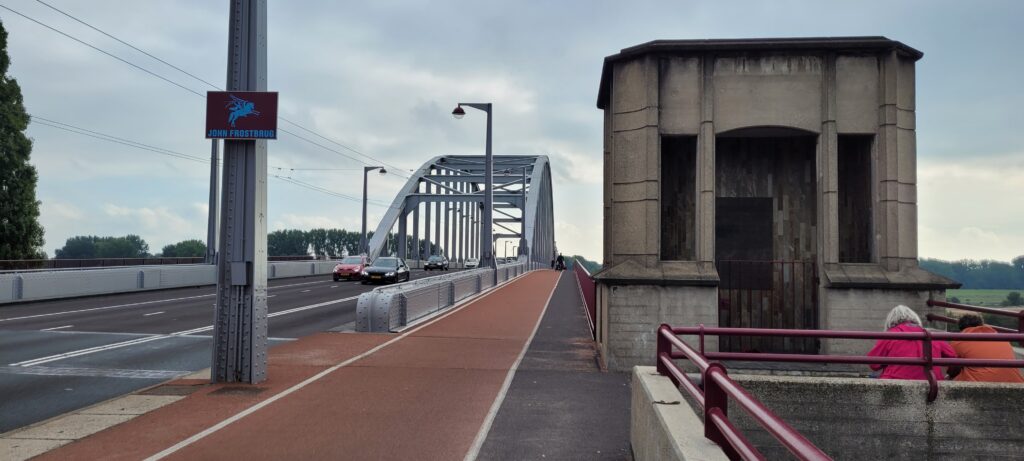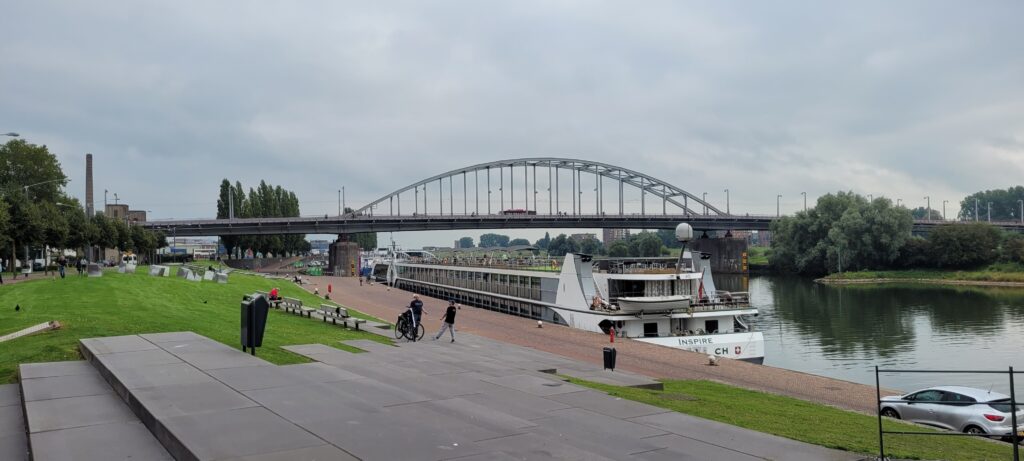Saint-Hubert
This week we are in the Ardennes, in Anloy. This mini village suffered greatly during the First World War, where several people from the village were used as shields and there were various reprisals on suspicion of helping the French. Near Anloy is also the village of Saint-Hubert, which was captured by the Germans during the offensive, but was eventually liberated by the Americans.
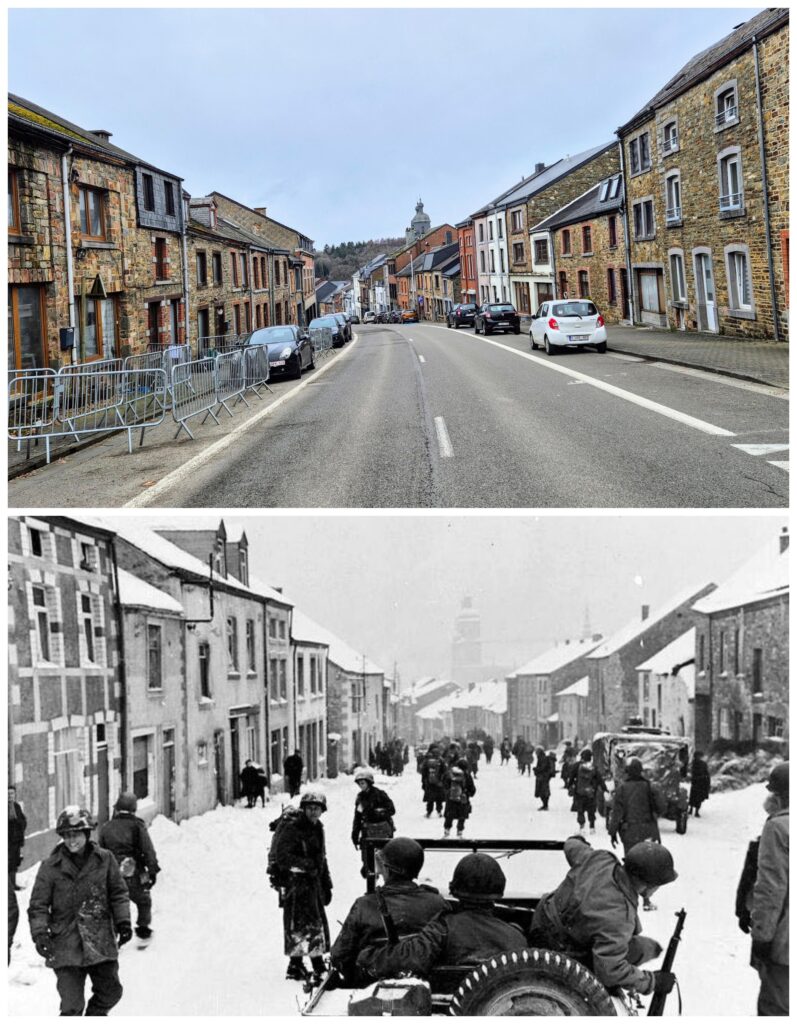
The photo shows Saint-Hubert with infantrymen from the 87th Div. entering the town of St. Hubert, immediately after the Germans have fled the town. December 1945. Only houses have been changed, but everything else looks the same. The Rue de la Vallee de L’Ourthe is the access road from the south where the American counter-offensive began.
Airborne March
Today in Arnhem to walk the airborne March in Oosterbeek tomorrow. Short stop at the Eusebius church. Unfortunately, the viewing platform was already closed, but the inside of the church gave interesting information about the late Middle Ages and the ruler of this area, Karel van Gelre. Also interesting are the three church bells with visible bullet impacts from the battle of Arnhem. A short stop at the bridge is a must.
.
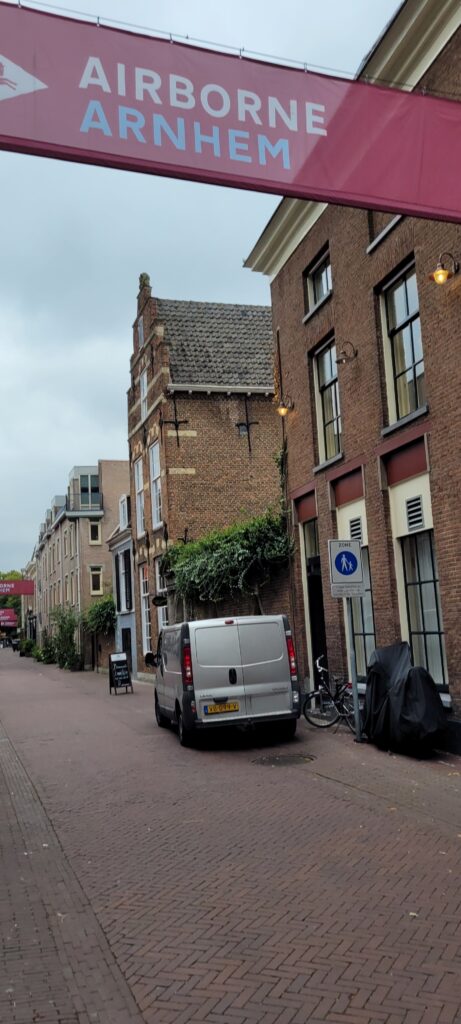
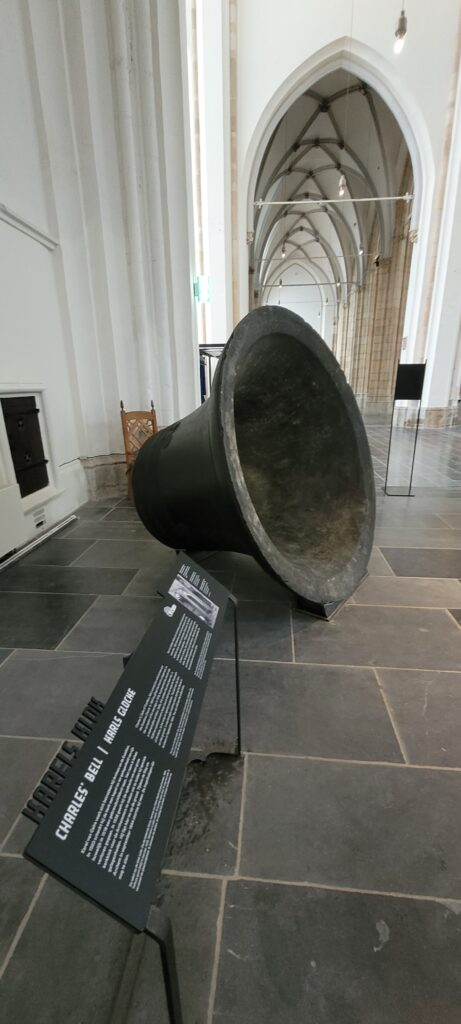
World War 1 Ypres (Ieper)
This Pentecost weekend we went to Ypres. It had been on my list for a while to take a uta step to the battles surrounding the 1st world war. Heard Ypres by name a lot, but never really delved into it until now.
In a sun-drenched Ypres, it is clear that the city has had a rich history, with of course the Lakenhal as the most important testimony. How ironic it is to know that all this has been razed to the ground and rebuilt again. Churchill had other ideas about this, but looking at the city now I say that would have been a loss. Nevertheless, the amount of cemeteries testify to the horrendous numbers of lives that were wasted in these ruins of the city and surroundings. Too many to visit them all. But the largest is one of them, however ironic the name is. Tinnie Cot. Due to the amount of graves, I felt the need to also go to a cemetery that may receive little attention and is remote. It became xxx cemetery.
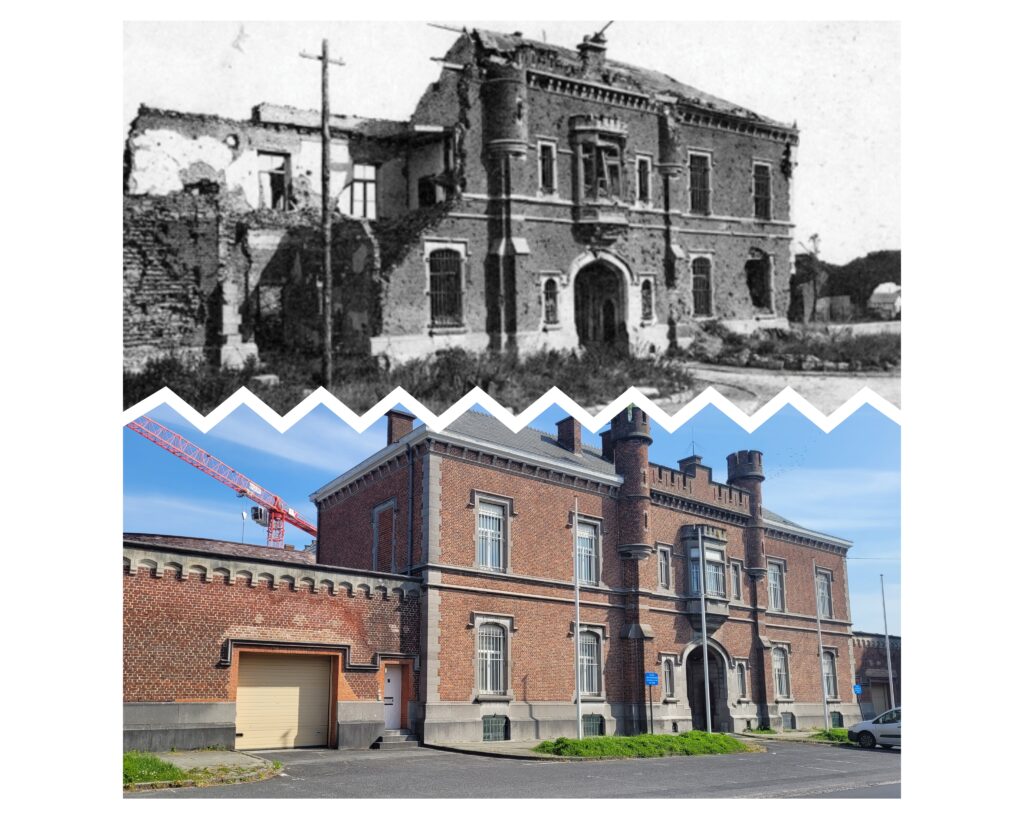
Fliegerhorst Havelte at Havelteberg (Drenthe)
Spent this weekend in Drenthe at Wapserveld. Apart from the beautiful nature, a lot can be found of remains or information about the Second World War. A short visit to the Havelteberg and Holtinger heath again gave interesting facts about the airport (“Fliegerhorst Havelte”) which was built here during 1942 to 1944. Ultimately never put into use, but among other things, due to the threat for Operation Market Garden bombed violently. Several specific parts are still clearly visible in the landscape. Such as the spitter boxes and runway turned back into roads or grass fields. But also the many bomb craters that are scattered on this site are quite visible.
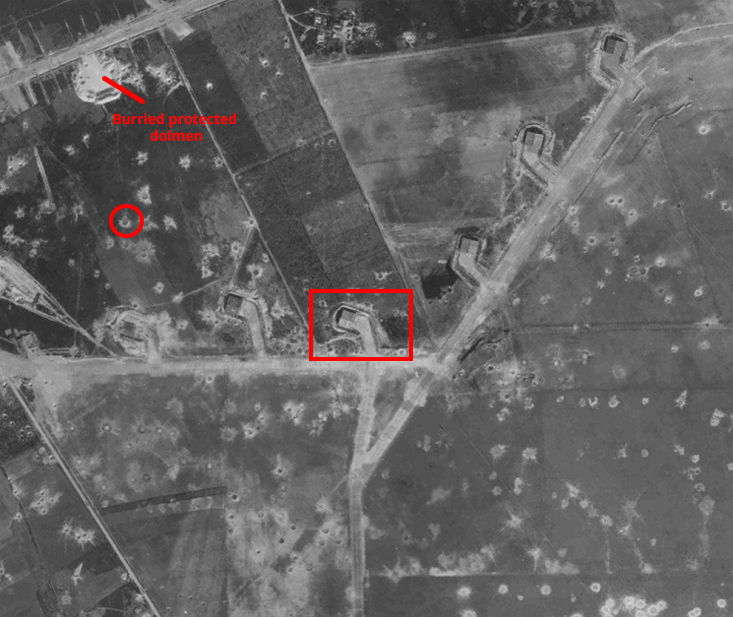
Revisited Arnhem – Utrechtseweg
Went to family in Arnhem today. From now on, every time I’m in Arnhem, I’ll try to take a photo or two of key sites during Operation Market Garden. Much has already been done, but being in the right place makes it a bit more special and Arnhem always has a special place for me. Likewise today. Unfortunately it was already dark before and it was raining when I arrived at the Utrechtseweg. Went to two important photographic places: Arnhem municipal museum and the opposite house (no. 88). Only at that place do you realize how close everything was: the bridge, the perimeter and hotel Hartenstein. It must have been pretty desperate.

